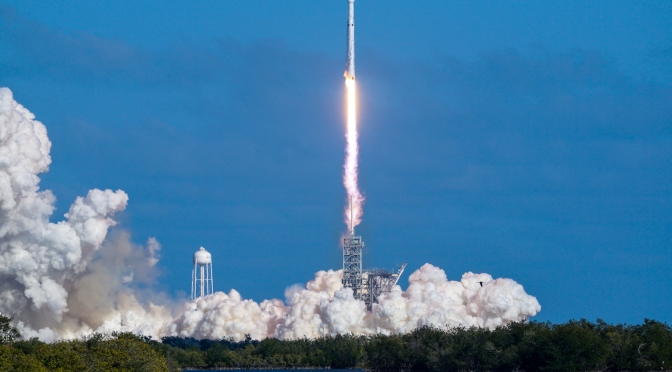In the annals of spaceflight, 2020 likely will be remembered as one of the most significant and transformative moments for U.S. space travel, close behind the initial triumphs of the Apollo-Saturn and Shuttle-ISS programs. For the first time in this nation’s history, we will see the introduction of two, independently designed and operated means for delivering crews to low Earth orbit. The promise of the commercial crewed flight program will be realized as the United Launch Alliance (ULA) and Boeing bring the Starliner vehicle online and SpaceX lofts its crewed Dragon capsule for the first time.
On the heels of these breakthroughs, NASA continues its Space Launch System (SLS) campaign. It will be exciting to see this massive vehicle enter true, full-up integration and testing on its way to providing the world with a capability it has not had since the early 1970’s: a means to transport astronauts out of Earth’s orbit to destinations as far flung as the Moon, various LaGrange Points and a decade or so from now Mars.
Concurrently, we have Blue Origin and Virgin Galactic getting ready to introduce regular flight options for people with the means and the courage to experience suborbital flight. Sierra Nevada, undaunted by off-again, on-again funding, appears committed to realizing its Dreamchaser “space plane” design as a commercial cargo option for the ISS and other potential destinations in LEO.
SpaceX will continue to build and test its audacious Starhopper proof-of-concept vehicles with the aim of delivering considerable numbers of explorers and colonists to Mars someday.
This diversity of engineering efforts, creativity and outcomes has become the core strength of U.S. spaceflight capabilities. It is something we must sustain and continue to subsidize (for a while longer), if we are to realize the full potential of travel beyond our atmosphere: whether the long-term goals be focused on earth science, space science and astronomy, lunar resource-mining, training for long-duration spaceflight or actual travel to other planets. Our history up to this point has not been one of continuous investment and progress; it’s been more a function of episodic national political, economic and budgetary cycles with uncomfortably long gaps in our ability to send crews skyward. Perhaps these new private-public partnerships will break that pattern, with ULA, SpaceX, Blue Origin and NASA all looking to the stars concurrently with a diverse set of motives.
For fans of spaceflight, 2020 should be a great year for witnessing special events: the launches of crewed Starliner and Dragon, the launch of the Mars 2020 Rover, static-fire testing of the SLS, continuation of the SpaceX Starlink launch campaign, and ULA launching the mighty Delta IV Heavy with NROL missions.
Buckle-up!
